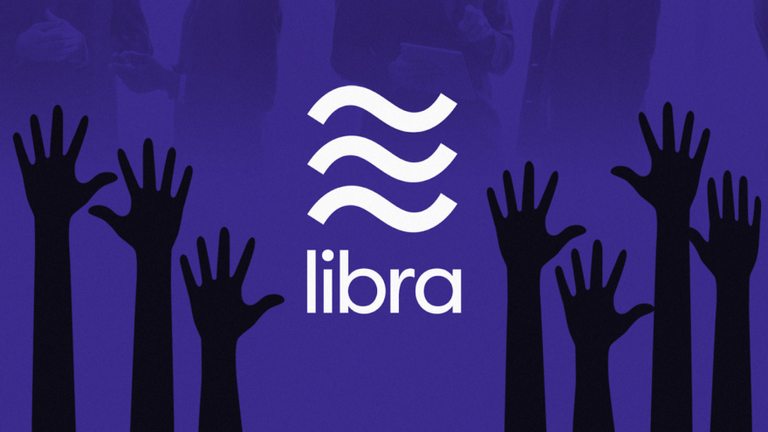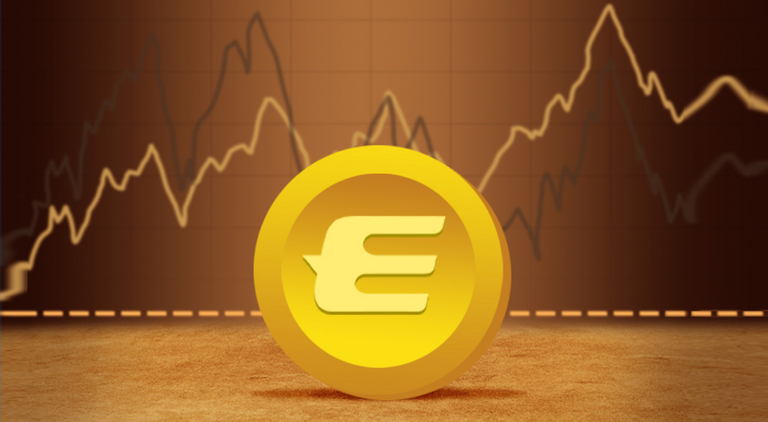Since announcing the plan to launch its own cryptocurrency, the social giant Facebook has attracted a lot of attention from users. Finally, on June 18, it revealed the details of its cryptocurrency, Libra. And immediately making it become the most eye-catching new star in crypto world.

After the issuance of the first stablecoin USDT , various stablecoin have emerged one after another to challenge the status of USDT. The USDT has been questioned about its stability as the “stablecoin”.
Unlike other stablecoin, Libra is not anchored to a single currency and will not use gold as support. Instead, it will use a series of low volatility assets (such as cash and government securities provided by stable and reputable central banks) for mortgage.
It is reported that Libra is not to save the chaotic stablecoin market, but to build Facebook's payment system service. Facebook will build a new wallet called Calibra for Libra. This e-wallet can be used in Facebook Messenger and WhatsApp to create a cheaper payment method for users than Paypal.
In cryptocurrencies, Facebook saw both a threat and an opportunity. Before Libra, many payment institutions intended to use the advantages of stablecoin to reduce the time and money costs for cross-border payment or remittance.

In addition to Libra, Epay, a global payment platform, also hopes to use stablecoin to solve the cost and timeliness problems of international transfer and remittance. The platform released its stablecoin EUSD(Epay USD) in January and December last year, which is directly anchored to the US dollar deposited in the platform.
Epay is a third-party global payment company, which has been committed to providing cryptocurrency (USDT, BTC, ETH, etc.) trading, currency exchange, and other services for global users in the past 5 years. With its rich experience in overseas payment industry and deep research on blockchain technology, a new remittance network has been built with EUSD. Aiming at solving the cross-border remittance troubles of millions of overseas workers and students.
Except the remitter and payee, there is a money collection remittance agent and payment agents. and EUSD acts as a transaction medium among them.
After the remitter initiates a remittance order on Epay, the intelligent order system will match an agent for him according to the currency and amount. and when the agent A receives the money from the remitter, the amount of EUSD in his Epay account will be reduced. Another agent B will pay to the payee with target currency. After B receives the payment, the EUSD of the B will be increased.
As the official asset token, EUSD is strictly anchored to US Dollar; As the transaction medium, EUSD speeds up the operation of funds and reduces the loss in currency exchange. Recipients can receive money from another country within hours without leaving their homes.
At present, Epay has qualified remittance agents all over the world, which makes the remittance network more complete and the currency more diversified. There is no complicated exchange process, no need to fill in complicated remittance forms, and no need to endure the huge hidden costs of banks.
Perhaps, the cross-border payment is the right way to realize the true value of stablecoin Both Facebook's Libra and Epay's EUSD are likely to become the dark horse among the stablecoins, and greatly change our imagination. The future is just around the corner, let's wait and see.
Source
Plagiarism is the copying & pasting of others work without giving credit to the original author or artist. Plagiarized posts are considered spam.
Spam is discouraged by the community, and may result in action from the cheetah bot.
More information and tips on sharing content.
If you believe this comment is in error, please contact us in #disputes on Discord